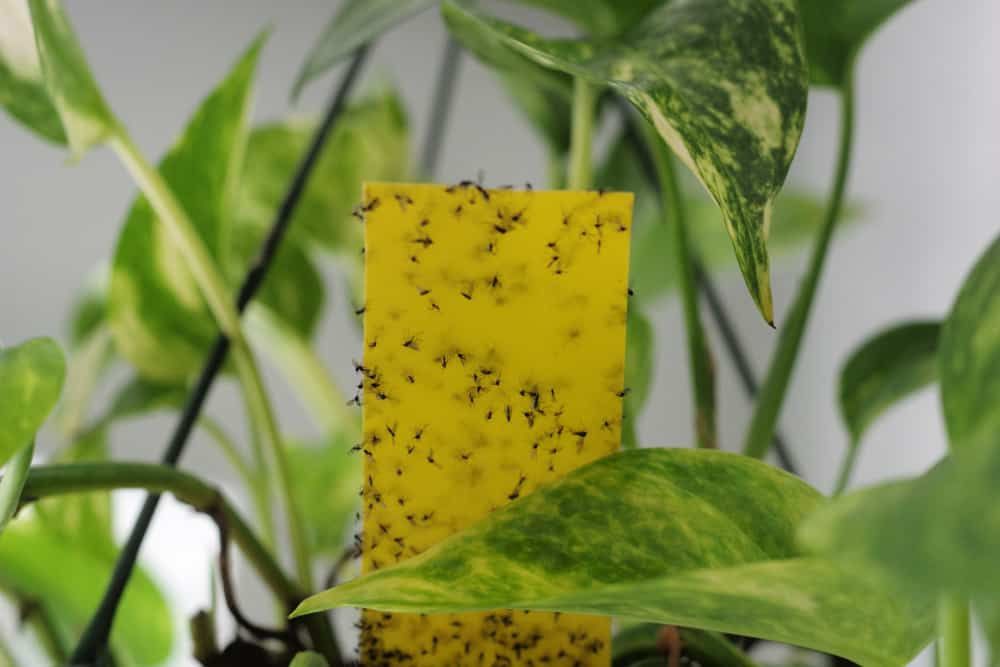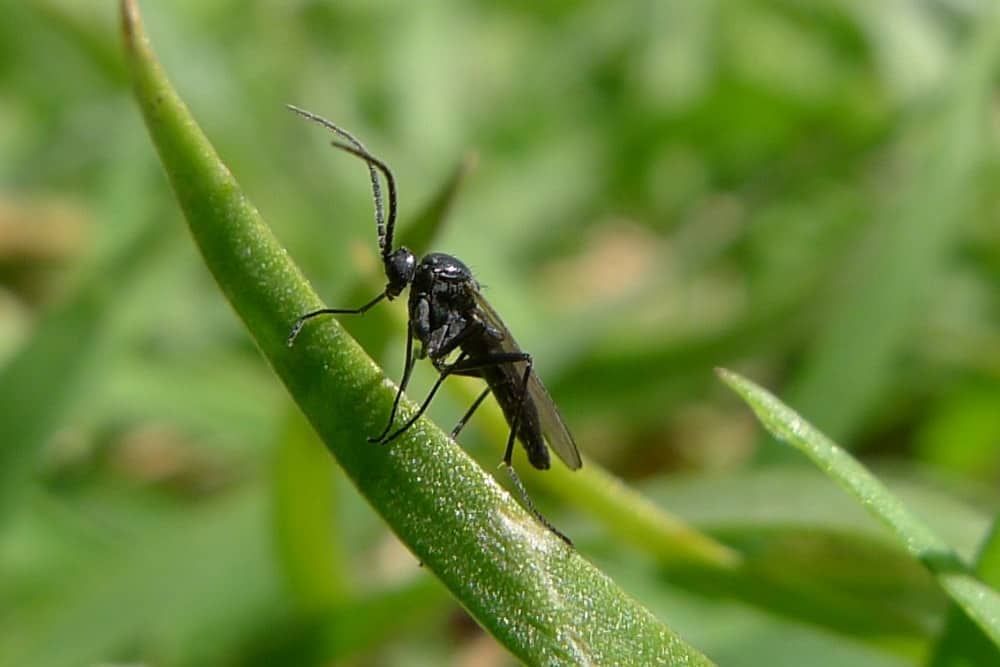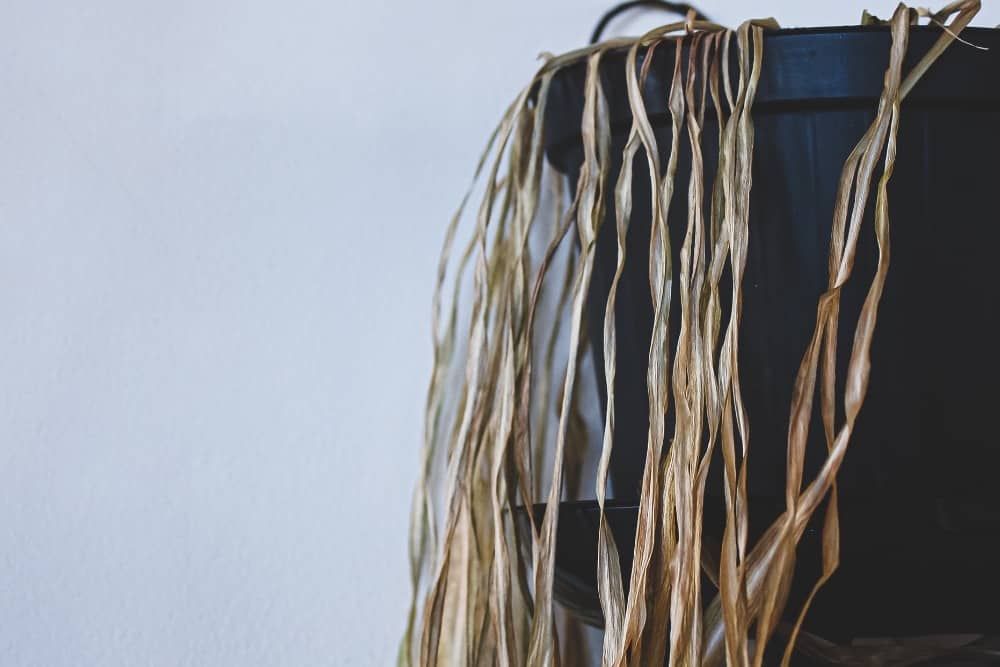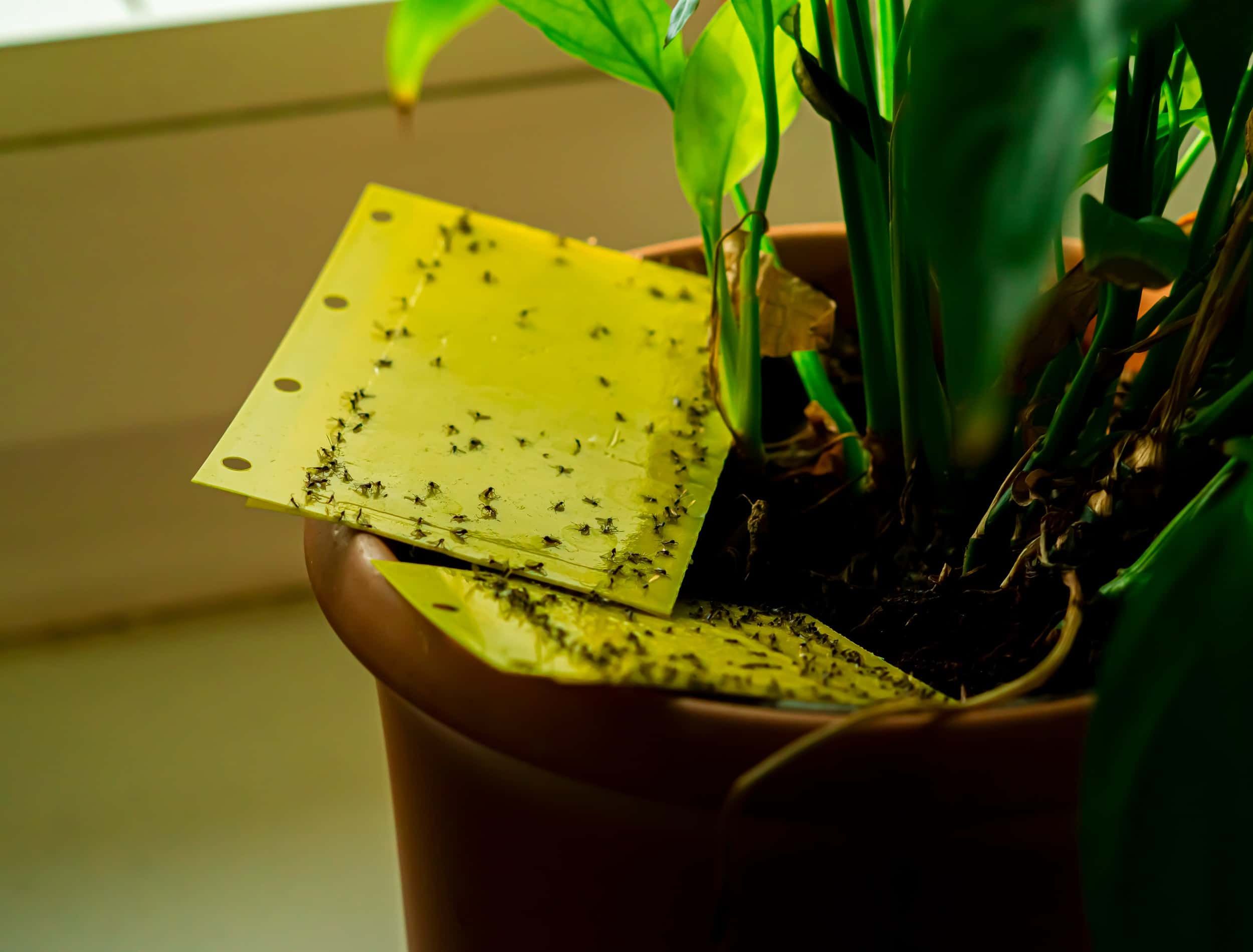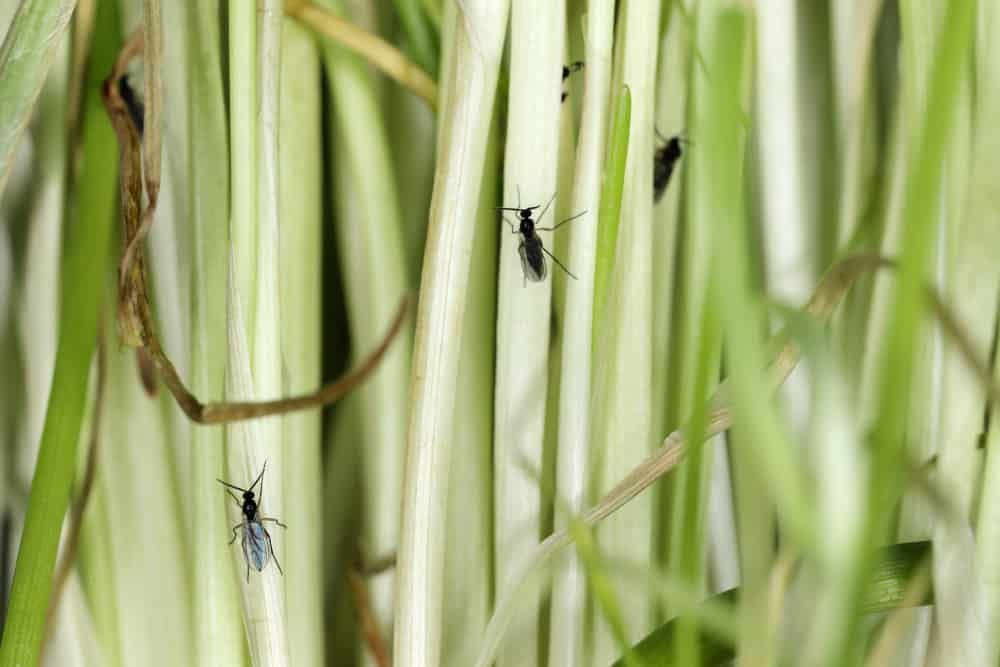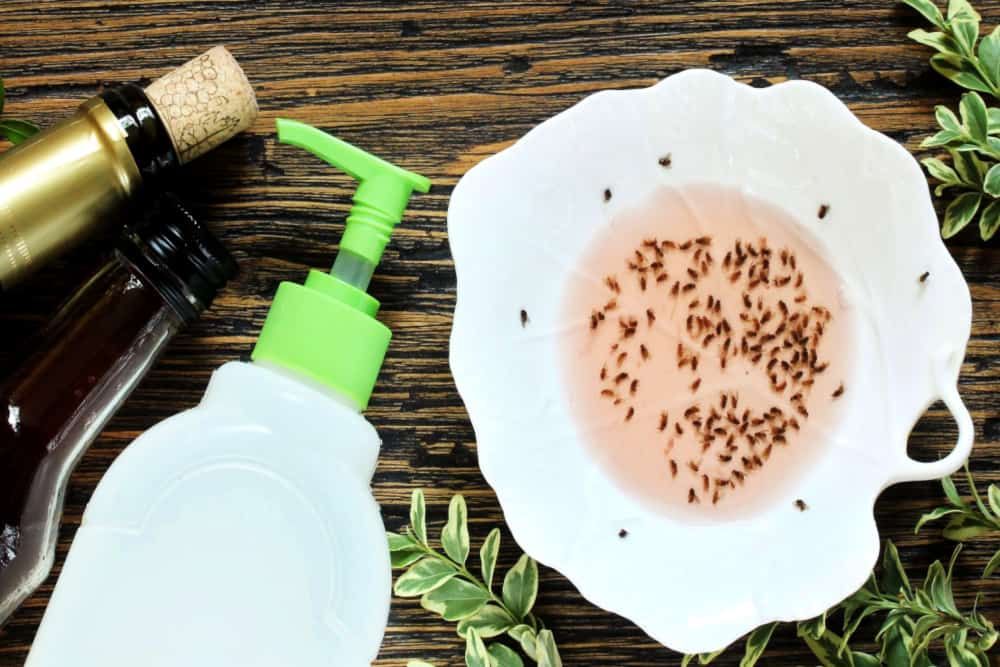If you have gnats in your house, it’s important to take action immediately because they can be hard to get rid of once they start multiplying. Luckily, there are several ways you can stop these little pests from ruining your indoor houseplants and breeding in your home. Check out these remedies to get rid of gnats on houseplants once and for all!
What Are Gnats?
Image credits: John Tann via Creative Commons
Gnats are small, often winged, insects that belong to the Diptera order. They can be found near food and water sources, and are attracted to over-watered houseplants. While certain species of gnats may not typically bite or sting you, some varieties do. Either way, their an annoying pest to deal with. Thankfully, there are some tips and tricks.
Getting Rid of Gnats
Gnats can be a nuisance as they fly around your home and latch onto various objects, such as your houseplants. If you have a gnat problem, there are a few things you can do to get rid of them.
Standing Water and Dead Foliage
Image credits: Sigmund via Unsplash
Not taking good care of your plants from the start can actually cause your gnat problem! Here are some things to check for when dealing with these pesky critters:
- Check your plants for standing water by examining the bottom of pots for condensation.
- You should remove any dead plant material, including spent flowers, faded foliage, and withered branches that could serve as breeding grounds for pests.
- Prune back damaged areas of plants to help prevent the infestation from taking hold again. Cut out anything that looks diseased or rotting. Fungus gnats can wreak havoc on houseplants, and pruning is one of the best ways to stop the spread.
- Change the type of plants you grow if some types seem to consistently draw more pests than others. As always, handpicking is another option for getting rid of pests without chemicals. If you need something stronger you could more to insecticides.
Dealing With Aphids
Image credits: Dustin Humes via Unsplash
If you have gnats, chances are there might be some other unwanted pests in your home or on your plants. If you have one insect, more are sure to follow.
- Check plants for signs of aphids. Aphids look like white specks on leaves, stems, and fruit. Other pests such as mealybugs also attract gnats. One way to kill off these pests is by spraying plants with neem oil every three days until all pest activity stops. Then, spray once per week thereafter.
- Spray at night to avoid staining sunlight-sensitive plants. Neem oil will break down after a few hours so avoid any light exposure while spraying. Neem oil comes in organic and non-organic forms, but many people prefer using organic methods when possible. It’s recommended to use organic neem oil instead of the non-organic version because it doesn't use harsh chemicals.
- If you notice eggs hatching from aphids, try removing the affected plant from its pot and soaking it in a bathtub filled with soapy water (1 gallon) for two hours before returning it to its original pot and soil. Make sure the roots stay submerged under water during the soak. You can repeat this process if needed.
Why Do Gnats Go After Houseplants?
Image credit: MarcOliver_Artworks via Shutterstock
Gnats are attracted to houseplants for a variety of reasons. Houseplants are a common source of food for gnats, and they feed off of fungus and mold that tend to grow in moist environments.
The moisture that houseplants provide are the number one reason gnats gather. This is especially true if you overwater your plants or if you have any standing water around the pot.
Second, they're attracted to the nutrients in the soil. This is why you'll often see them near the base of the plant, where the soil is richest. Soil is the perfect environment for gnats to start living and breeding, especially soil with high organic content.
Gnats are also attracted to the warmth, darkness, and constant flow of CO2 from plants. They have a keen sense of smell and are attracted to specific colors (especially blue) and movements. Gnats fly around a home looking for food and mates.
They will not infest healthy plants without this kind of environment - It's only when there's already something wrong with your plant that they come out in droves.
Signs You Have Gnats
Image credits: Tomasz Klesjdedysz via Shutterstock
The first sign that you have gnats is usually when you see them flying around your plants. If you see small black bugs crawling on the leaves or stem of your plant, they are most likely fungus gnats. Gnats also have the potential to turn the leaves of your plants yellow and unhealthy. This is because the gnats are eating the plant's leaves. If you see this sign it's important check your plants and take action immediately.
To do this, you need to identify what type of gnat you're dealing with. There are typically two types: fungus gnats and fruit flies.
Fungus gnats fly in a large swarm. Fruit flies can be identified by their more solitary behavior, as well as their smaller size (about 1/8 inch). They also lay eggs in rotting fruit and other food matter. So, if there's fruit rot near your houseplant, this could be a source of fruit flies as well!
Bonus Tips
Image credits: Lyudmila Mikhailovkaya via Shutterstock
If you have a problem with gnats in your house, they're likely coming from your houseplants. Here are a few bonus tips to get rid of them:
- If you see any gnats, try picking them off by hand and disposing of them before turning to harsher methods.
- You can try using traps. There are many commercial products available, or you can make your own by filling a small container with apple cider or red wine vinegar, covering it with plastic wrap, and poking holes in the top. The gnats will be attracted to the smell of the vinegar, fall into the trap, and drown. You can also use beer or bleach as bait for these traps.
- You can try planting some mint around your houseplants. The smell of mint will help repel gnats.
Gnat A Problem!
While gnats on your houseplants might be very frustrating and annoying to deal with, trying out some of these tips will help resolve the issue. If they worked for you, let us know in the comments below!

